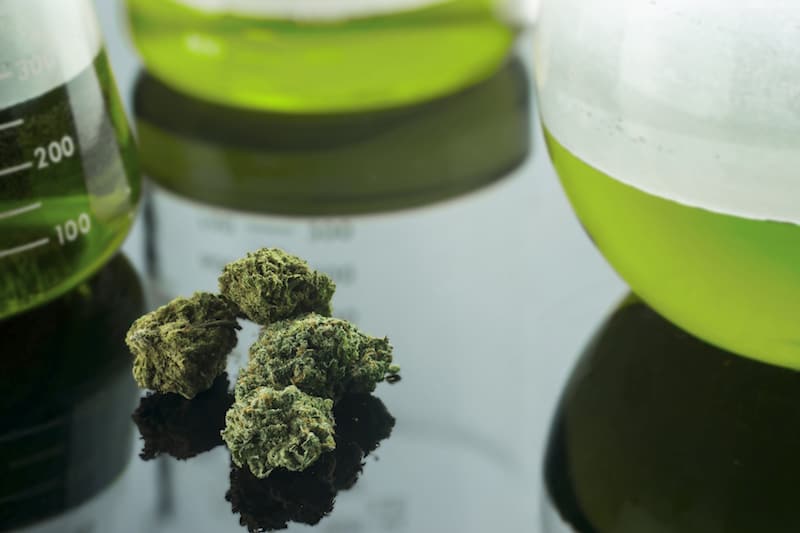.Cannabinoid Therapy Within Physical Illness and Cannabis-Based Medicine Integrated In The Delivery Of Healthcare The Basis of Cannabinoid Therapy as Medicine.
When we look at illnesses, we need to keep in mind the many effects, whether subtle or drastic, it has on the human condition at large. Given the whether subtle or drastic, it has on the human condition at large. Given the cyclical ouroboros of the physiological affecting the psychosomatic and vice versa, the need to have a pragmatic and holistic understanding of ailments is more pressing than ever before.
We can’t continue to treat just the symptoms and ignore a large aggregate of influencing factors. And therefore, we cannot in good conscience keep cannabinoid therapy separate from our healthcare system and the delivery of healthcare interventions.
Canada has made medical cannabis a legal controlled substance and it is the responsibility of the healthcare community to treat it as such. It needs to set up comprehensive treatment plans, guidelines for microdosing, open communication channels and follow-ups, if required. As professionals, we are obligated to understand cross-connections of the medications and treatments that our patients are on and are requesting for. Awareness of interactions, contraindications and basic interventions should be mandatory training for all providers.
When facing a debilitating affliction, patients turn to their healthcare providers for answers. So when they deny or turn down requests for cannabinoid therapy based on preconceived notions and propaganda of the past, they betray that implicit trust their patients have in them. Patients should no longer suffer because of scientifically unsound hang-ups. It’s high time we band together for patients now so future generations don’t have to go through the same redundant rigmaroles over and over again.
So it is imperative that we look at therapeutic ways of streamlining cannabinoid therapy. All this begins with education and discourse which will further help in the breaking of stereotypes and social barriers. Instead of focusing on only a few well-known components, cannabinoid therapy should be taught and viewed as an entire effect. The endocannabinoid system is spread throughout the body. It should not be taught one peripheral at a time but as a whole system within the human body. Further on, if we continue isolating components of the whole plant, many diverse aspects of the plant, will be overlooked – thus limiting our ability to understand its effects and greatly affecting the possibility of seeing all the cannabinoids working in tandem.
The reason for this is simple. While individual cannabinoids provide symptomatic relief and help in the management of many diseases, the combination of two cannabinoids astonishingly omit the psychoactive high from each cannabinoid. Thus, providing a greater, more tangible therapeutic effect. This is one of the many things this plant is capable of. The essence of cannabinoid therapy is working towards a greater good by achieving balance and homeostasis in the human body.
The whole plant holds significant medical relevance within today’s conventional western medicine. The continued therapeutic use of the cannabinoids THC and CBD, are a testament to that. In recognizing the ‘whole plant factor’ in cannabis, we will begin to embrace change – change in prevalent thought, change in our collective understanding and ultimately, change in the actions we undertake as patients as well as professionals. and in doing so, we structurally break through umpteen social barriers that cannabinoid therapy still somehow continues to face in what is probably the most enlightened of times. By wholeheartedly welcoming this change, we also open doors to challenging innate stigmas and existing paradigms. And as a direct consequence of that, we contribute to the acceleration of research and development on this millenary plant. In the dynamic personalized world of today, there is a burgeoning need for a more compassionate, individualized way of treating and encouraging patients. And it won’t be an easy task.
To successfully accommodate the inclusion of cannabinoid therapy in healthcare delivery systems, new problem-solving techniques and pathways involving preventative care will need to be developed. This is the underlying foundation of all integrative medicinal procedures. To reap the potential benefits of cannabinoid therapy, the healthcare delivery system needs to examine the method of delivery, evaluate, reassess and then apply all the tested procedures into the clinical setting.
A fair bit of reflection also needs to go into this. For one, we need to circle back to the beginning and re-examine the fractured history of cannabis. We also need to understand that creating a conceptual framework for the integration of cannabinoid therapy in our healthcare system will take an array of evidence and multiple test subjects. Only when we take all of these into account, can we claim to have significantly impacted the approach to health promotion, treatment and diagnosis patterns across the board. Change is not about flipping a switch and hoping for progress – it’s about taking constant responsibility and being there through the long haul.
Published and Written By:
Lindsay Gayman MSN. B.S.c.N


Recent Comments